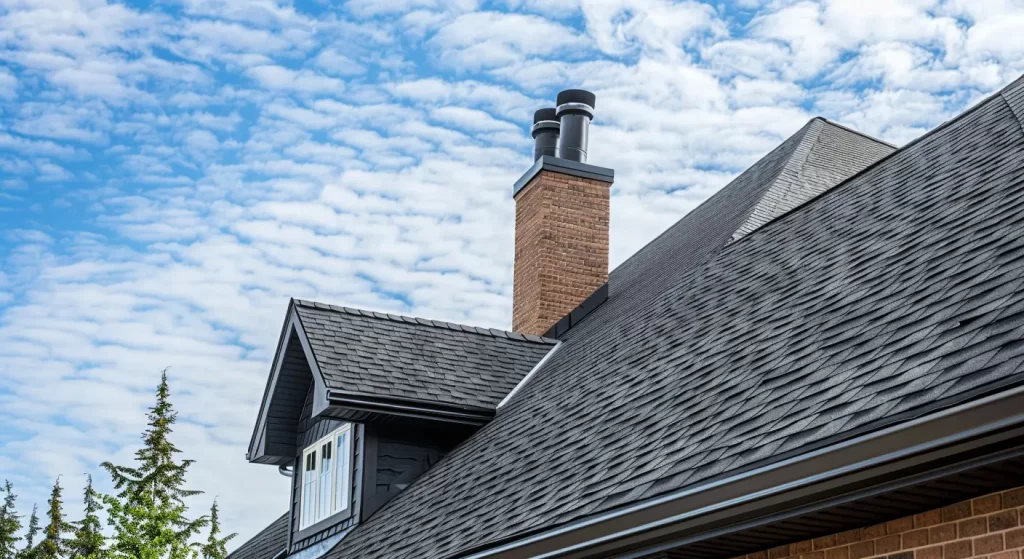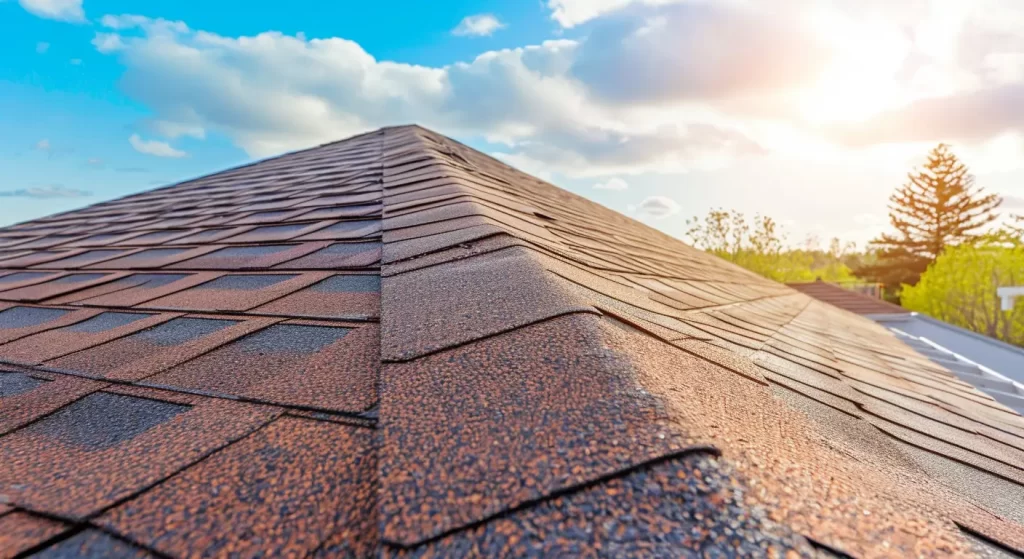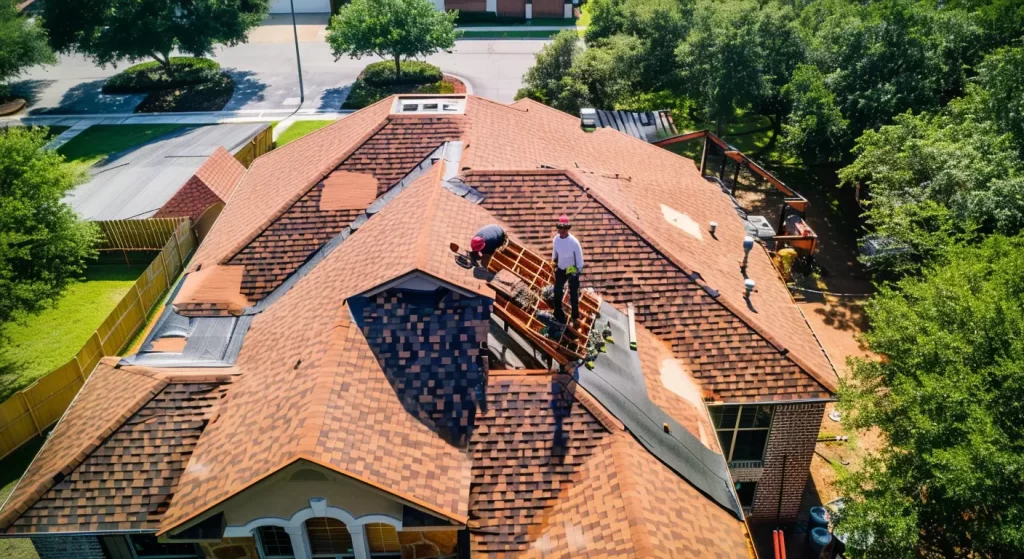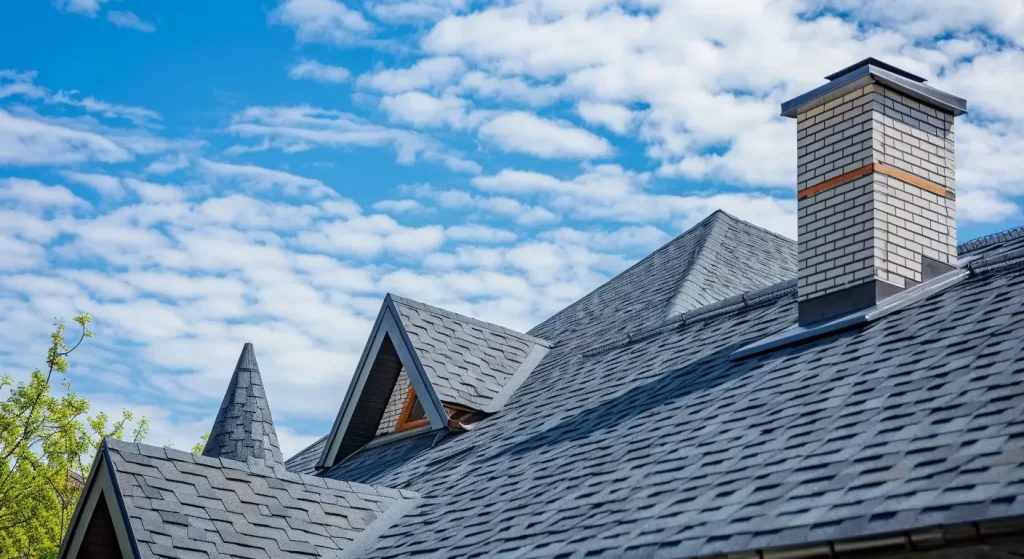Replacing a roof is a vital home improvement that enhances safety and property value. Understanding the replacement process can alleviate concerns. Homeowners should consider factors like roof size, complexity, and weather when selecting materials—such as asphalt shingles, metal, or slate—to estimate the timeline. Typically, replacing a residential roof takes one to three days, though larger projects may need more time. Engaging reputable roofing contractors like Shield Roofing in San Antonio, TX, can streamline this essential project for optimal results.
Understanding Roof Replacement Timelines
Understanding the duration required for roof replacement involves multiple aspects, including national averages and specific conditions in San Antonio. Typically, residential projects may vary considerably based on the size of your roof and the complexity of the design. Moreover, efficient communication with your roofing contractor can significantly influence the project timeline. By recognizing these factors, homeowners can better prepare for the roofing project, ensuring that it proceeds within an optimal time frame while accommodating necessary adjustments for unexpected delays.
Roof Replacement Time: U.S. vs. San Antonio Averages
Nationally, the average roof replacement takes about one to two weeks, although this duration can fluctuate based on various factors such as roof size and materials used. In San Antonio, local roofing contractors typically complete projects in a similar timeframe, often aiming for approximately seven to ten days. This timeline may extend during peak weather conditions or for complex roofs that require specialized installation techniques. Understanding these averages can help homeowners plan effectively for their roof replacement project.
Residential vs. Commercial Roof Project Schedules
Residential and commercial roof project schedules often differ significantly due to various factors. Typically, residential roofs are smaller, allowing for quicker completion, usually within a few days. However, commercial roofing projects may require extensive planning, often spanning several weeks due to their larger size and complexity. Additionally, the type of roofing materials used, such as asphalt shingles for homes versus metal or concrete tiles for businesses, can also impact the timeline. Understanding these distinctions ensures effective project management and smoother execution.

Key Factors That Affect Roof Replacement Time
Various elements significantly influence the duration of a roof replacement project. The size and complexity of your roof play critical roles; complex roofs with steep pitches or multiple angles typically require additional time compared to simpler designs. Additionally, the choice of roofing materials, such as asphalt shingles or metal roofing, can expedite or prolong the installation process. Understanding these factors allows homeowners to manage their expectations, ensuring a smoother and more efficient replacement experience, tailored to their specific needs.
The Impact of Roof Size and Complexity
Various factors, such as the size of your roof and its complexity, significantly influence the completion time of a roof replacement project. Larger roofs require more roofing crews and additional resources, extending the overall timeline. Complex features, like steep pitches or intricate designs, further contribute to delays, as skilled labor is necessary to navigate challenging installations. Understanding these dynamics ensures homeowners are prepared for potential variations in project duration, allowing for better planning and expectations throughout the replacement process.
How Roofing Materials Influence Installation Speed
The choice of roofing materials significantly impacts the speed of installation. We work with brands like Owens Corning and GAF, which offer lightweight options such as asphalt shingles that often allow for faster installation compared to heavier materials such as slate tiles or concrete tiles. Furthermore, roofing crews can work more efficiently with familiar materials, ensuring adherence to project timelines. Our goal is to provide roofs built tough and built to last! Complex roofs may require additional time for installation, particularly when utilizing intricate designs or specialized materials. Understanding these dynamics enables homeowners to make informed decisions that align with their schedule and budget expectations.

Weather and Seasonal Effects on Roof Replacement in Texas
Roof replacement in Texas can be significantly influenced by weather patterns and seasonal changes. Inclement weather, such as rain and extreme heat, often causes substantial delays in roofing projects, potentially extending the timeline beyond initial estimates. Roofing crews must also consider the time of year—when temperatures soar or drop—impacting installation speed and material performance. Homeowners should consult with their roofing contractor to schedule work during optimal conditions, ensuring a smoother replacement process and minimizing weather-related disruptions.
Planning Around Rain, Heat, and Storm Seasons
Strategic planning is crucial for successful roof replacement, particularly in San Antonio’s varying weather conditions. Scheduling work during optimal conditions minimizes delays. Avoiding the rainy season ensures roofing crews can operate without interruptions caused by inclement weather. Furthermore, heat can affect installation processes, making spring and fall ideal for those using materials like asphalt shingles. Awareness of regional storm seasons helps homeowners and roofing contractors effectively plan, enabling a smoother project timeline and reducing the risk of weather-related complications.
The Roof Replacement Process
The roof replacement process unfolds systematically, beginning with an initial inspection to assess the structure and identify necessary permits. Following this, material delivery occurs, ensuring roofing crews have the right supplies for efficient execution. Once preparations are complete, the tear-off phase commences, where old materials are removed. Subsequently, the installation of new roofing materials takes place, such as asphalt shingles or metal roofing, culminating in a thorough cleanup. Each stage is crucial for maintaining a streamlined project timeline.
Initial Inspection, Permits, and Material Delivery
A thorough initial inspection is essential to determine the existing condition of the old roof and assess any underlying issues that could affect the project timeline. Once the inspection is completed, the necessary permits must be secured to comply with local regulations and ensure the roofing contractor can legally proceed. Simultaneously, coordinating the delivery of roofing materials, such as asphalt shingles or metal roofing, ensures that the project remains on schedule, minimizing potential delays caused by material shortages.

Tear-Off, Install & Cleanup: What to Expect Daily
Throughout the roof replacement process, clear expectations are essential. The tear-off stage generally begins early, where old roofing materials are removed efficiently to prepare for a new roof. Installation follows, often requiring several days, depending on factors like the size of your roof and chosen roofing materials. Cleanup occurs simultaneously, ensuring that debris is disposed of properly to maintain a safe work environment. Effective communication with your roofing contractor will help you track progress, ensuring a smooth transition through each phase of your roofing project.
How Homeowners Can Help Expedite Roof Replacement
Preparation can significantly streamline the roof replacement process. Homeowners should ensure easy access for roofing crews, clearing any landscaping, such as rows of bushes or other obstructions. Additionally, maintaining open lines of communication with the roofing contractor about the project timeline fosters a cohesive workflow. Scheduling the project during optimal conditions allows for minimal interruptions, avoiding weather delays that can add extra days to the completion timeline. Implementing these measures contributes to a smoother and more efficient roofing experience.
Tips for a Smooth and Timely Project
A smooth roof replacement begins with thorough preparation. Clear the area around your home for easy access and obtain necessary permits to avoid delays. Discuss the project timeline with your contractor to optimize scheduling based on weather conditions. Consult on roofing materials, as their properties may impact installation speed. A proactive approach ensures a seamless experience and keeps your project on schedule.
Most roof replacements can be completed in one day for average-sized homes with favorable conditions. However, larger homes or unexpected issues may require more time. Always confirm the estimated duration with your contractor for realistic expectations.

How Communication and Access Reduce Delays
Effective communication between homeowners and roofing contractors is essential for minimizing delays in the roof replacement project. Clear expectations and regular updates ensure that everyone remains aligned, reducing the likelihood of misunderstandings. Additionally, providing easy access to the work area, free from obstacles like rows of bushes or vehicles, enables roofing crews to operate efficiently. By fostering an open dialogue and ensuring unobstructed access, homeowners can significantly enhance the speed and smoothness of the roofing process, ultimately adhering to the project timeline.
Trust the Experts
Understanding the roof replacement process is crucial for homeowners considering a new roof. At Shield Roofing in San Antonio, TX, we bring over 25 years of valuable expertise to your project. Factors like roof size, materials, and local weather affect timelines. Collaborating closely with your contractor—backed by our Owens Corning preferred status, GAF certification, and BBB A+ rating—ensures a smoother experience. Proactive steps can minimize delays and help achieve timely completion, providing peace of mind. Equip yourself with knowledge for an efficient roofing project.
Read our blog: How to Spot a Roofing Scam or Low‑Quality Bidding
Frequently Asked Questions
What are common causes for delays during a roof replacement?
Common causes for delays during a roof replacement include inclement weather, supply chain issues, and unexpected structural problems. Additionally, permitting delays and labor shortages can hinder progress, making it crucial for homeowners to plan ahead and communicate effectively with contractors to mitigate these risks.
How do I know if my project is taking longer than it should?
To determine if your roof replacement project is delayed, compare the timeline with local averages and assess any unexpected weather or material delivery issues that may arise. Regular updates from your contractor can also provide clarity on progress, help identify potential hold-ups, and ensure that any concerns are addressed promptly to keep the project on track.
